Astronomy is on a roll, and has been for the last 50 years. Increasingly powerful observational techniques, in space and on the ground, have revealed a succession of surprises.
As someone old (and lucky) enough to have had a ringside seat over this whole time-span, I’ve been glad to be able to witness the work of some of the astronomers and instruments who spearheaded a number of these key discoveries.
Here is my pick of some of astronomy's greatest recent achievements.
1
Discovery of the Cosmic Microwave Background
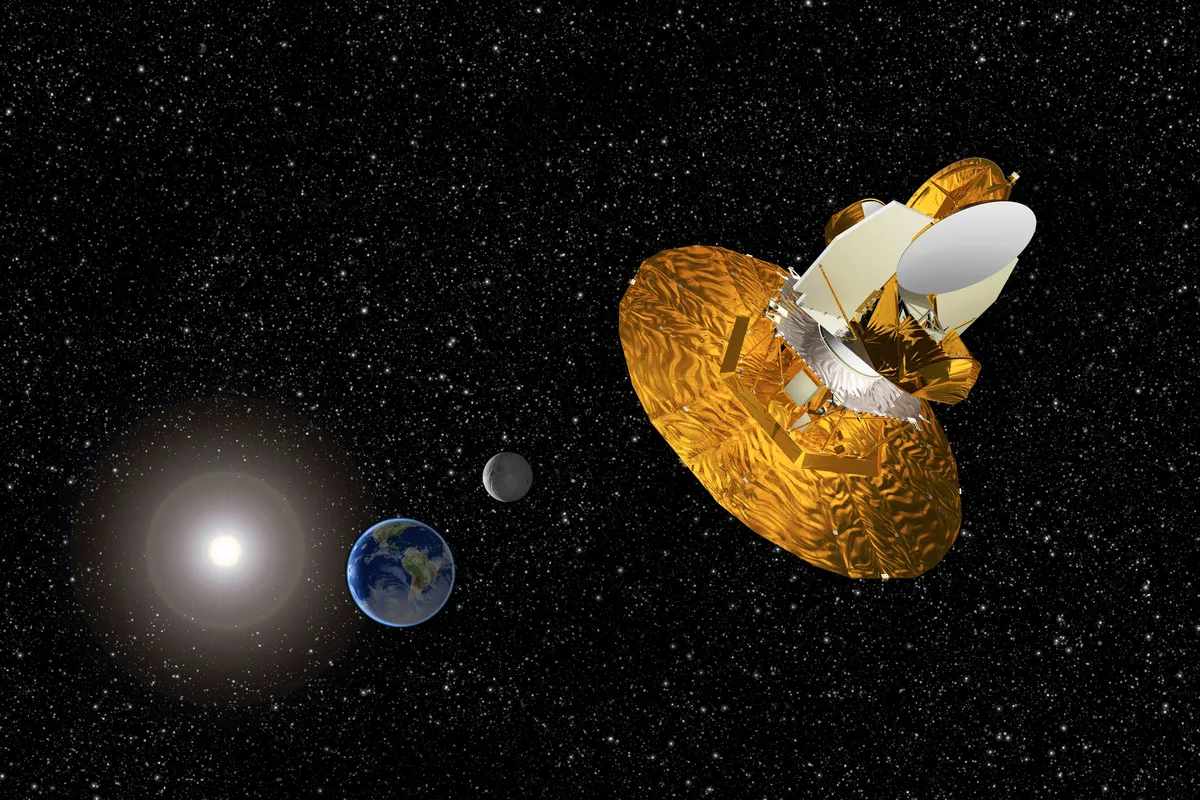
In 1964 the discovery of cosmic background radiation – the afterglow of creation – settled the debate between the ‘steady state theory’ and the ‘Big Bang’ explanations of how our Universe came into being.
It has since been mapped by the WMAP mission and we can now speak with confidence about what our cosmos was like right back to just a nanosecond after the ‘beginning,’ and speculate back even further.
2
General relativity

Einstein’s theory of gravity – general relativity – dates back to 1915, but had a resurgence in the 1960s, stimulated by advances in cosmology.
Perhaps even more importantly, though, was the discovery of phenomena – such as pulsars and binary stellar-mass black holes – for which Einstein’s theory was not just a tiny correction to Newton, but crucial to understanding them.
For more on this, read our guide to the difference between Newton and Einstein gravity.
3
Dark matter
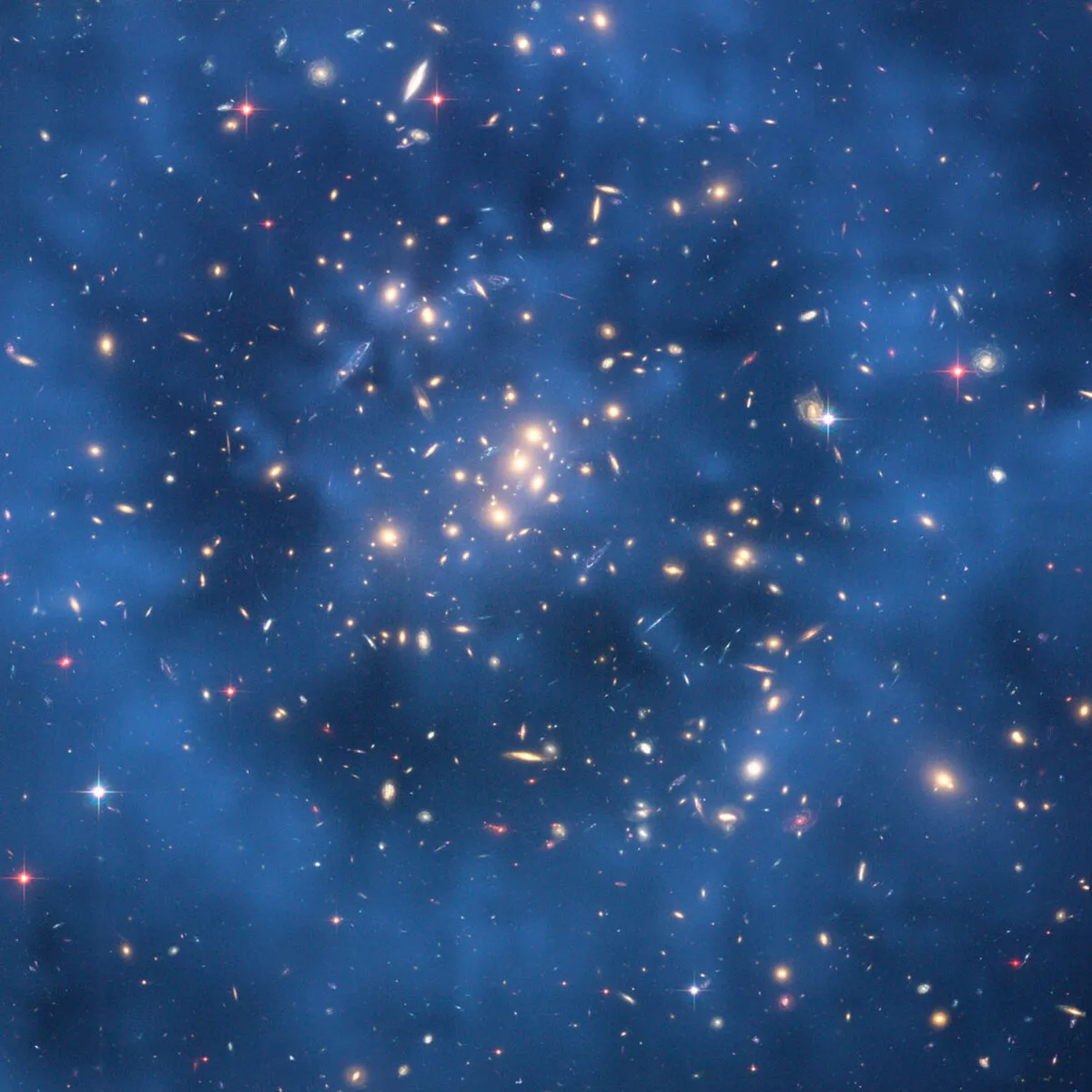
A whole raft of observations accumulated during the 1970s, which indicated galaxies weren’t mainly made of gas and stars but contained a third key ingredient: dark matter, that contributed five times more gravitating material than ordinary atoms.
4
A new era of computing

Because we can’t do actual experiments on stars and galaxies, astrophysics has been hugely boosted by the advent of powerful computers. We can now build simulation universesand see what happens when galaxies form or stars collide.
We can also train AI to do alot of the work for us, leading to a boon in artificial intelligence in astronomy.
5
Global collaboration
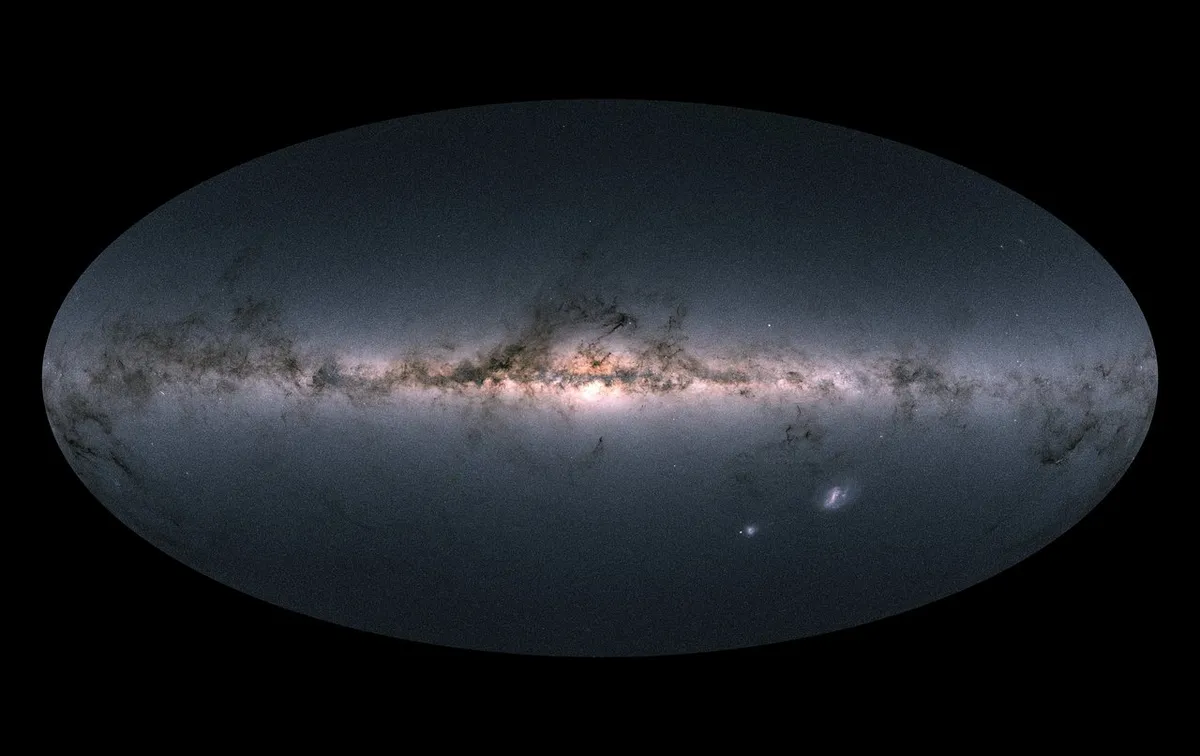
Astronomers have also become a global community and European collaboration has become especially strong in recent decades. ESA has launched missions – Gaia and Planck, for instance – with strong UK participation.
Moreover, optical astronomy in the UK was boosted by the decision to join ESO and gain access to facilities like the VLT – by most criteria the world’s number-one optical telescope.
It has, more generally, been gratifying to see the expansion of the UK’s astronomy and space community, as an increasing number of universities have turned their physics departments into ‘physics and astronomy’.
And the widening of interest in astronomy has been stimulated by the greater capabilities of amateur-scale telescopes, and by internet-based citizen science projects such as Zooniverse.
6
Gravitational waves
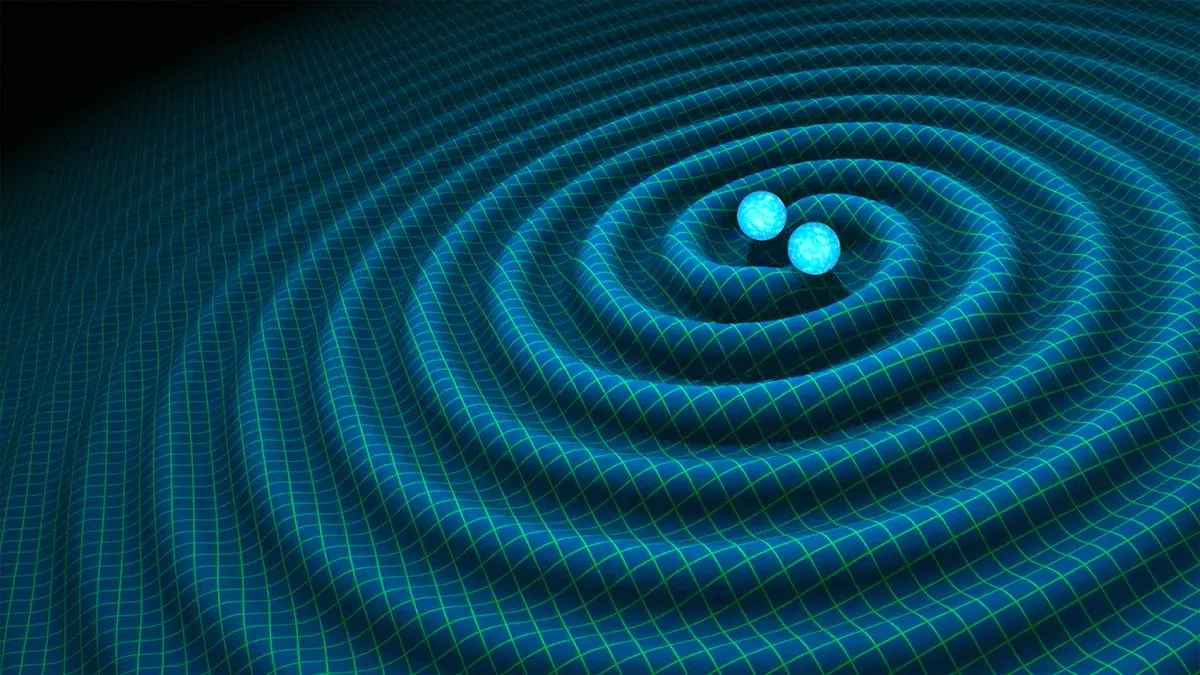
The pace of discovery certainly isn’t slackening. Two very different research fields are surging forward fast. One is gravitational waves. LIGO and VIRGO have detected the ripples in space from colliding black holes and neutron stars a billion lightyears away – a technical challenge equivalent to measuring a change at the distance of Alpha Centauri by the thickness of a hair.
7
Exoplanets
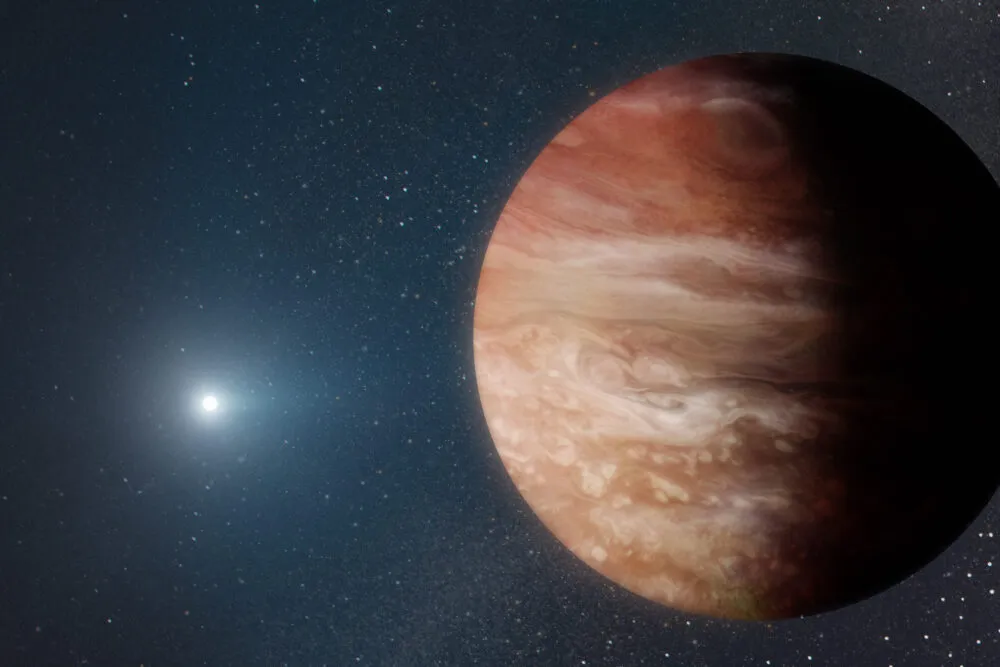
The other is exoplanets: the realisation that most stars are orbited by retinues of planets. Millions are ‘habitable’ – perhaps we’ll learn in the next 50 years whether they’re actually inhabited.
Be that as it may, when the history of science in the last 50 years is written, astronomy and space exploration will surely provide many of the most exciting chapters.
Many issues that perplexed astronomers in the 1960s have now been settled and we’re now tackling questions that couldn’t even have been posed back then.
So the coming decades promise to be as exciting as the last few have been. But progress will, as in the past, be owed primarily to better technology, not to armchair theorists like me.
This article originally appeared in the July 2022 issue of BBC Sky at Night Magazine.
